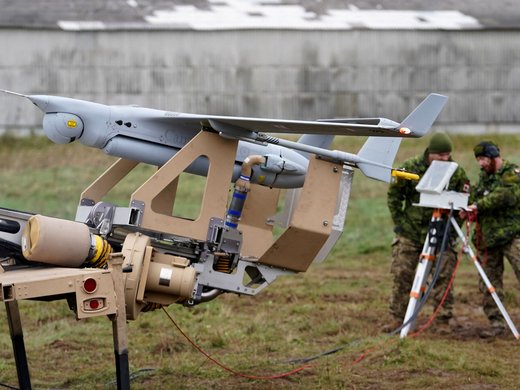North American nations are expanding the digitalization and incorporation of artificial intelligence at and around their borders amid record numbers of displaced people worldwide. Surveillance drones, sensors, radars, quadrupedal machines, biometric collection and identification systems and other technologies metastasize the militarization of North American borders and continue to change the face of global migration governance. A delicate balance is essential for policy makers, as they conduct cost-benefit analyses of employing sophisticated border technologies, to ensure that internationally protected human rights are upheld, while prioritizing state security and public safety. To adequately address these concerns, rights-centred and migrant-informed policy changes are needed to mitigate the potential harms associated with the use of this emergent technology.


